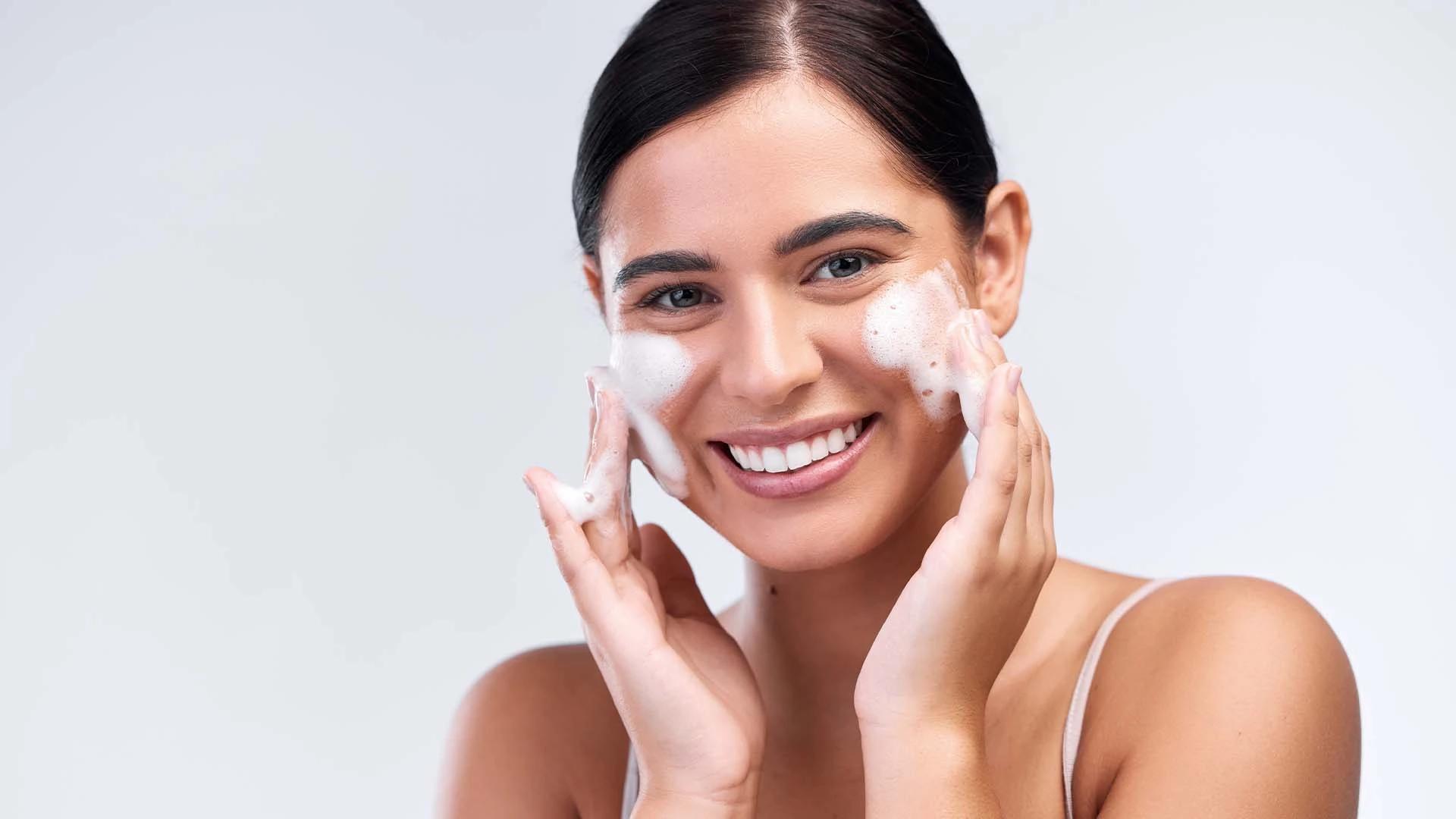Oily skin can feel like a daily battle, can't it? That T-zone shine, the makeup sliding off by midday, and those stubborn breakouts that seem to pop up at the worst moments. If you're nodding along, you're definitely not alone. The good news? Skincare for oily skin doesn't have to be complicated or expensive. With the right approach and some tried-and-tested tips, you can master sebum control and achieve that balanced glow you've been after. Let's dive into seven expert strategies that actually work – no fluff, just real solutions that fit into your everyday routine.
Understanding Oily Skin
Oily skin happens when your sebaceous glands produce more oil than needed. This excess sebum can leave your face looking shiny and feeling greasy, especially around your nose, forehead, and chin. Contrary to what many believe, oily skin isn't just about being "dirty" or not washing enough.
Genetics play a huge role in determining your skin type. Hormones, stress, and even the weather can trigger your glands to go into overdrive. The biggest myth? That oily skin doesn't need moisturiser. Real talk – skipping hydration actually makes your skin produce even more oil to compensate.
The Science Behind Sebum Control
Your skin produces sebum to protect itself and keep things supple. When this natural process goes haywire, you end up with that unwanted shine and potentially clogged pores. Several factors influence oil production, from teenage hormones to adult stress levels.
Things like diet, sleep patterns, and even your skincare routine can either help or hinder sebum control. Understanding this helps you make smarter choices about the products you try and the habits you build.
7 Expert Tips for Balancing Oily Skin
These proven strategies will help you take control of excess oil without overdrying your skin. Each tip builds on the others, creating a comprehensive approach to managing your oily complexion.
1. Gentle Cleansing Techniques
The foundation of good skincare for oily skin starts with proper cleansing. Use a gentle, foaming cleanser twice daily – morning and evening. Avoid harsh scrubbing, which can irritate your skin and trigger more oil production. Look for cleansers with salicylic acid or glycolic acid that help clear pores without stripping your skin.


 60 gm
60 gm 30 gm
30 gm Combo
Combo Combo
Combo